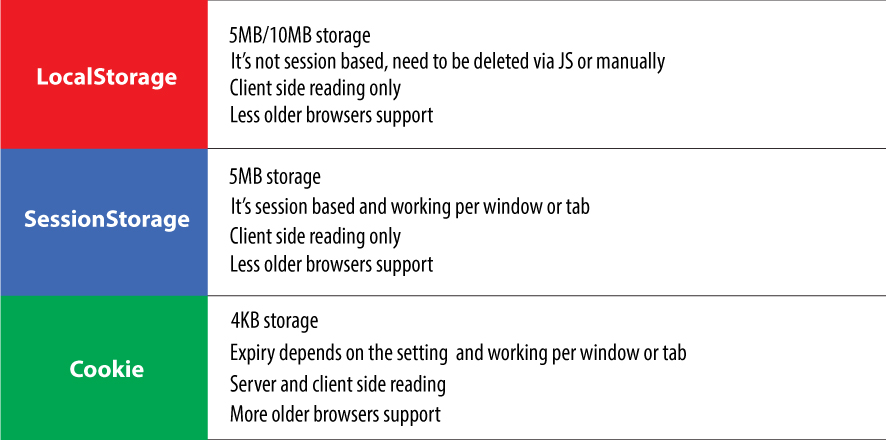Scenario and issues If we have internal page data to update, we can implement it by calling component methods to update when the event is triggered, other than to do a whole page re-render. However, we need to call $router.push() method to navigate to a destionation page from another one, and this is my case: I make a component(a button) which is used in different pages to navigate to page A, the component calls $router.push() to jump to page A , Meanwhile, this component is also used iniside page A, that means it's internal route jump to update a part of content in page A; I use the named route with params binding the changed data page A needs in $router.push(). By this way, page A can always get data from the named route and doesn't need to take care of these two different types of navigation. But the issue comes: I cannot do an internal update of page A when the I trigger the component in page A; To watch $route or use beforeRouteUpdate hook to capture changes in page A is not working. The route navigation doesn't trigger these functions, even when the passed params are changed in push(). More details about $route.push() method After trying some ways I fixed this issue and found more details about push() method, which may not be clearly elaborated in the official docs. push() methods returns a promise, so we can catch the error to get reasons when it fails. By adding try catch, I got this: Error: Avoided redundant navigation to…
Use sessionStorage to fix page blank issue of F5 refresh due to vue route push params loss
I experienced the issue(mentioned in the article title) when using the push method of Vue router to redirect to a new URL when clicking on some anchors today. Usually, there are two typical ways to go to the new page(route) via using push method: The params passed by the first way(use params)will not be shown in the URL, so if we want to hide more details of the page, it's a better way. However, when I use this way, the web page turns out to be blank when I press F5 to update, as the page cannot get the route parameters which are used as data request params. The route params won't be persistant via this way, they will not exist when page reloads. This is becuase the named route is not pushed into history records, the browser is not able to find a record to reload. Ways to fix To fix this, we can use the second way(use query) to push route params and the parameters will persit even if a F5 update happens. However, the parameters will show up in the URL, and object parameters with several level-depth will turn into long garbled code. I don't want this as I hope to keep the URL address clean. How about the other ways to fix this? I tried to create another state in the Vuex store to keep the data, but this doesn't work as well unless I use the plugin vuex-persistedstate. I checked its github repo and find it uses localStorage, sessionStorage or cookie to persist data. so…
A Router is commonly known as a hardware device for computer networking, we all have wired or wireless routers at home, offices or other locations for devices networking. Router in Web Application We'll get different page content from a site when we change the string after the domain name in a URL, or click the menu items of a webpage. This navigation feature of web apps is done by a Router middleware of the modern web app as well. Accessing to a specific URL path will trigger a respective route response from the web app's routing table, the web app usually uses a specific Router middleware to manage all the routes, no matter whether the routing pages are rendered from server-side or client-side. For example: Backend routing: in Node.js, we can implement routes by express.js, and each endpoint will render the template to html for client-side, each time accessing to a new path(route), there will be a new request sent to the backend. Front-end routing: React.js and Vue.js have their own favorable routing middleware from their ecosystem: react-router and vue-router respectively. The front-end routing is always used for SPA(single page application) website, as it prevents un-neccessary requests to the server, the change of a route accessing will lead to only partial internal view change inside the page, which is usually related to a specific component view of the web app, and whole page rendering is avoided. Understanding Routing mechanism in SPA by Analogy We don't care whether it is called as a path, a uri, or a route when browsing…


